In an era dominated by digital technology, the humble film camera is making an unexpected comeback. This resurgence is not just a nostalgic longing for the past but a genuine appreciation for the tactile process and unique aesthetic that film photography offers. This article explores the reasons behind the film camera‘s renewed popularity and highlights where enthusiasts are finding value in this seemingly outdated technology.
The Allure of Tangibility
The Physical Experience
The digital age has provided us with convenience and instant gratification, but it has also led to a yearning for more tangible experiences. Film photography satisfies this craving by offering a hands-on process that demands patience and skill. Loading film, adjusting settings manually, and the suspense of waiting for developed photos create a deeply rewarding physical experience that digital photography often lacks.
Unique Aesthetic Qualities
Film cameras are prized for the distinctive aesthetic they impart to images. Unlike the clean, sometimes sterile look of digital photos, film provides warmth, natural grain, and a dynamic range that digital sensors struggle to replicate. This unique visual quality, combined with the unpredictability of how colors and light interact with different film stocks, allows photographers to create truly one-of-a-kind images.
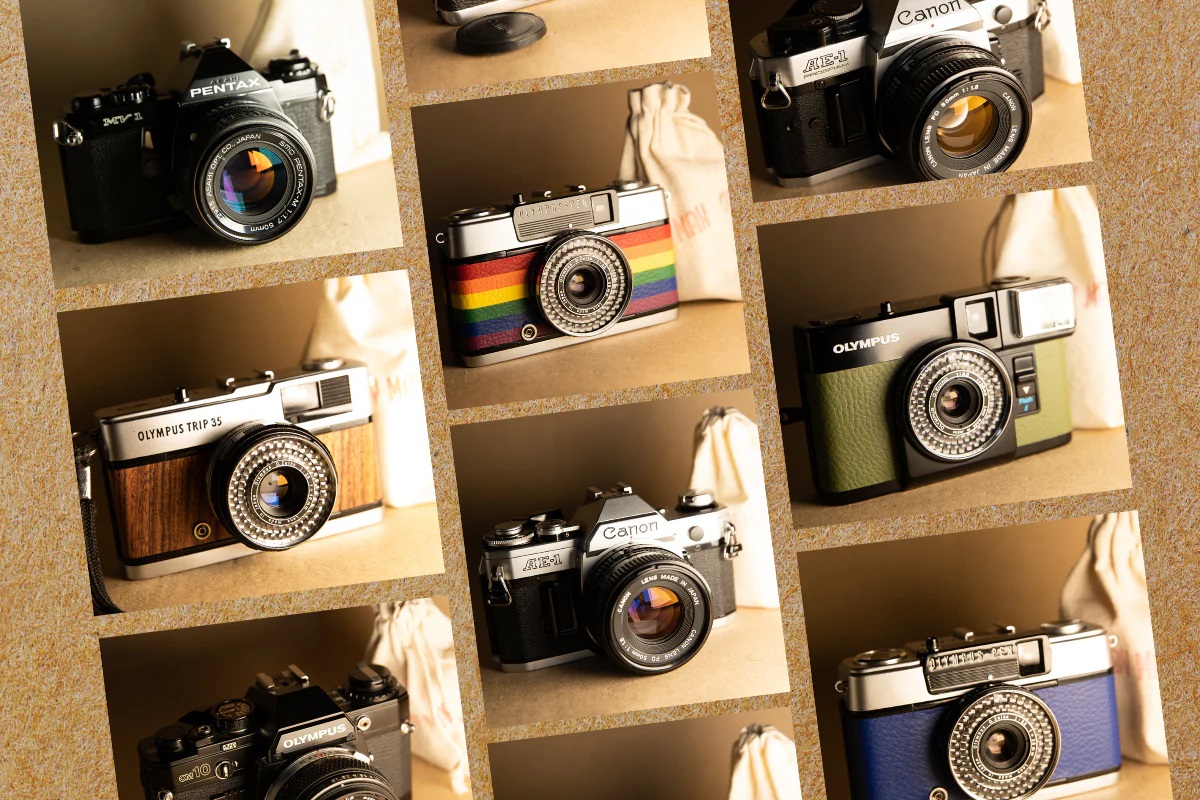
Reconnecting with the Art of Photography
Slowing Down the Process
The digital realm encourages rapid consumption and production, often at the expense of thoughtfulness and depth. Film photography, by its nature, slows down the creative process. Each shot requires careful consideration—composition, lighting, and exposure must be thought through, as every frame counts. This deliberate approach helps photographers develop a more mindful connection with their craft, often leading to more compelling and thoughtfully composed images.
The Educational Value
For photographers looking to deepen their understanding of the craft, film cameras serve as excellent teaching tools. Working with film demands a strong grasp of photography fundamentals such as exposure, focus, and the interplay of ISO, aperture, and shutter speed. Many find that starting with or returning to film photography significantly improves their skills, including those applicable to digital photography.
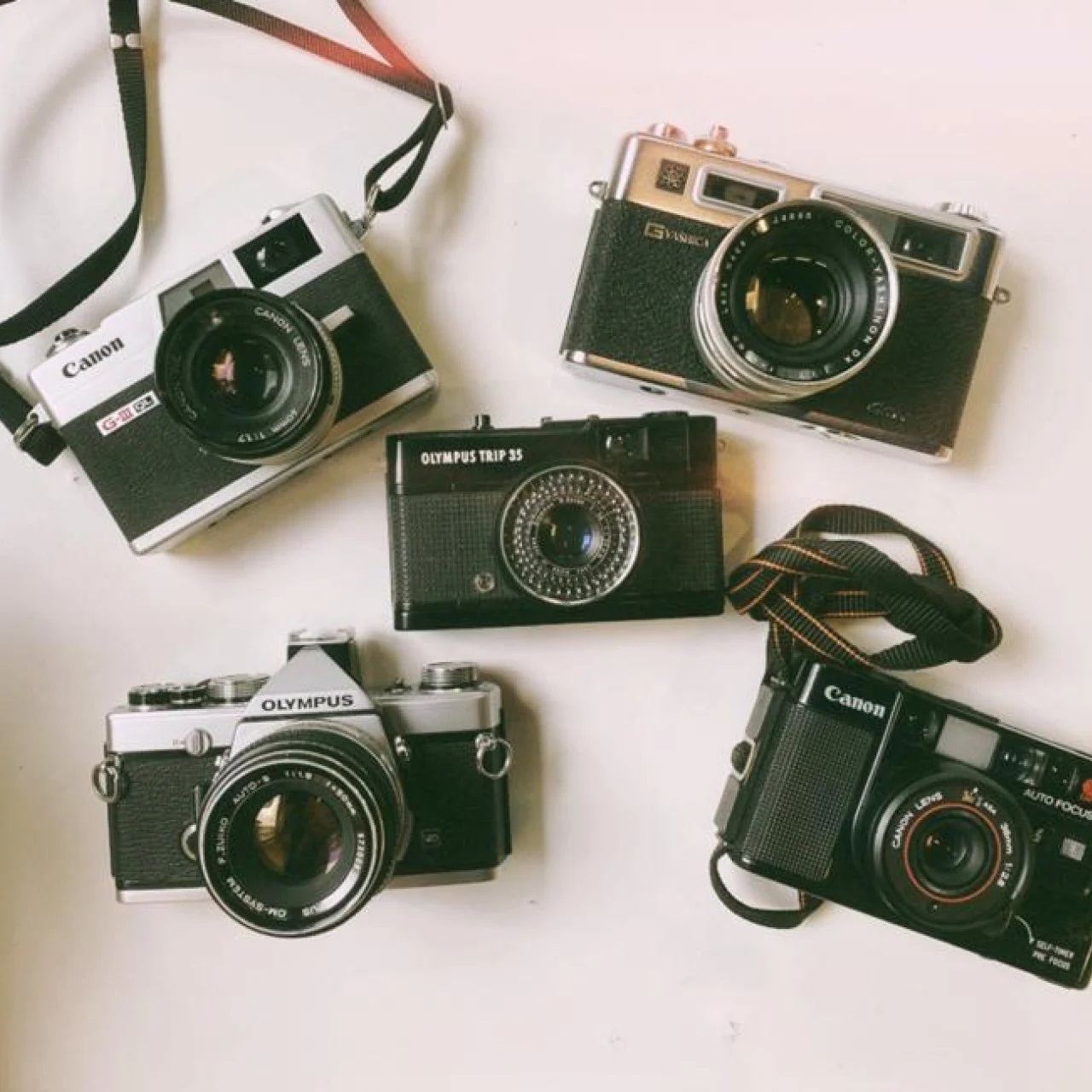
The Community and Market Revival
Nostalgia and Collectibility
The film camera revival is partly fueled by nostalgia and the desire to connect with photography’s heritage. Vintage camera and film enthusiasts find joy in collecting and using classic cameras, each with its own history and character. Online communities and marketplaces have made it easier to share knowledge, trade gear, and discuss techniques, further supporting the film photography ecosystem.
New Developments and Support
Contrary to the belief that film photography is fading away, several companies are investing in its future. New film stocks are being introduced, and some discontinued ones are making a comeback due to demand. Moreover, initiatives to develop more environmentally friendly developing processes and the growth of labs offering film developing services are signs of a healthy, evolving market. This ongoing support demonstrates confidence in the longevity of film photography and encourages more enthusiasts to explore it.
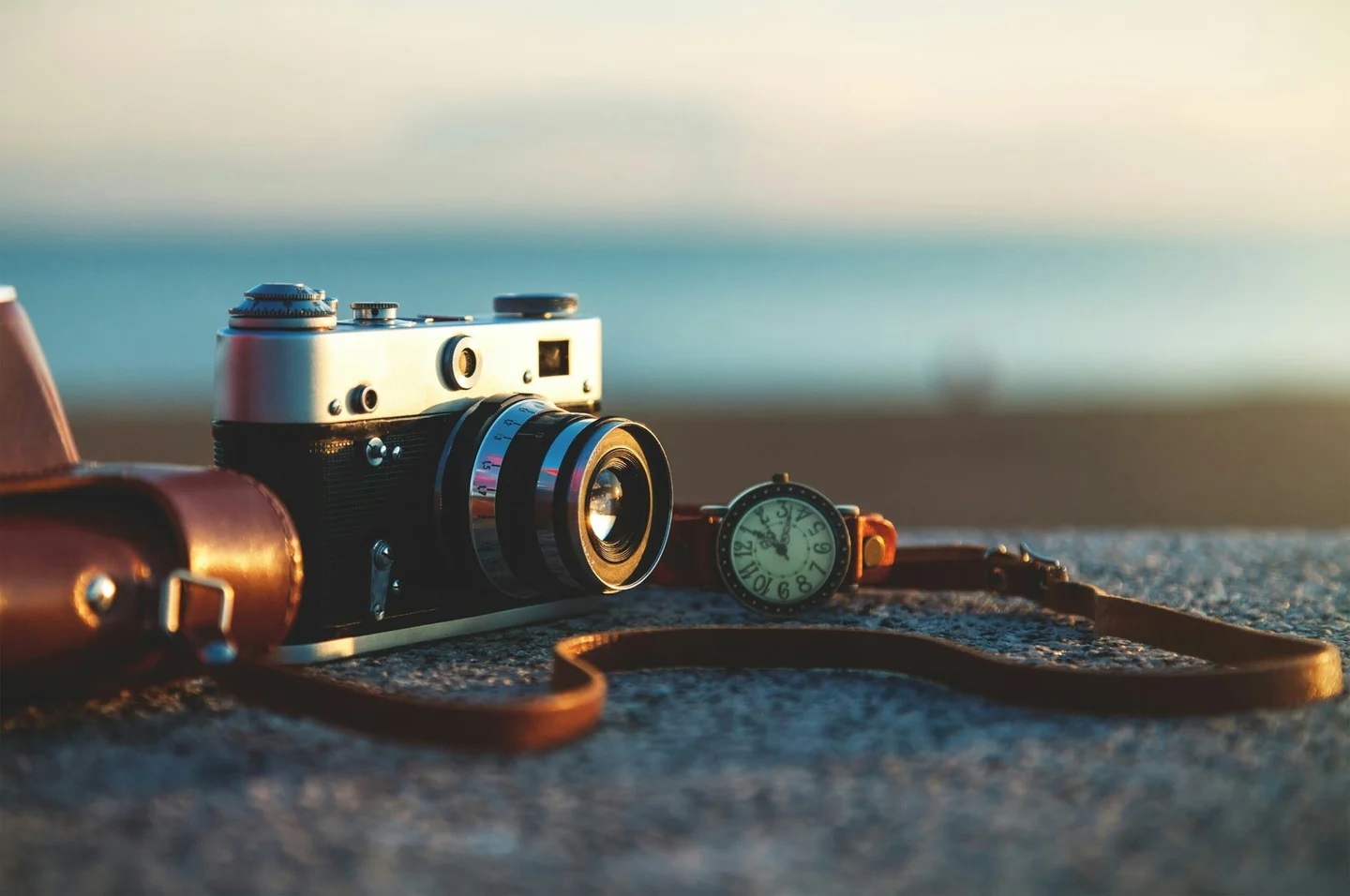
Looking Forward
Sustainability Concerns
As the film photography community grows, so does the dialogue around sustainability. The environmental impact of film production and developing processes, which often involve toxic chemicals, is a concern. The community is increasingly advocating for and adopting greener alternatives, showing a commitment to ensuring the practice’s longevity in a way that aligns with contemporary environmental values.
The Role of Film in the Digital World
The digital age has not rendered film obsolete but instead highlighted its unique value. Many photographers now use film and digital in tandem, leveraging the strengths of each for different projects and goals. The tactile process, distinctive aesthetic, and deep learning curve of film photography enrich the photographic experience, providing a counterpoint to the immediacy of digital technologies.
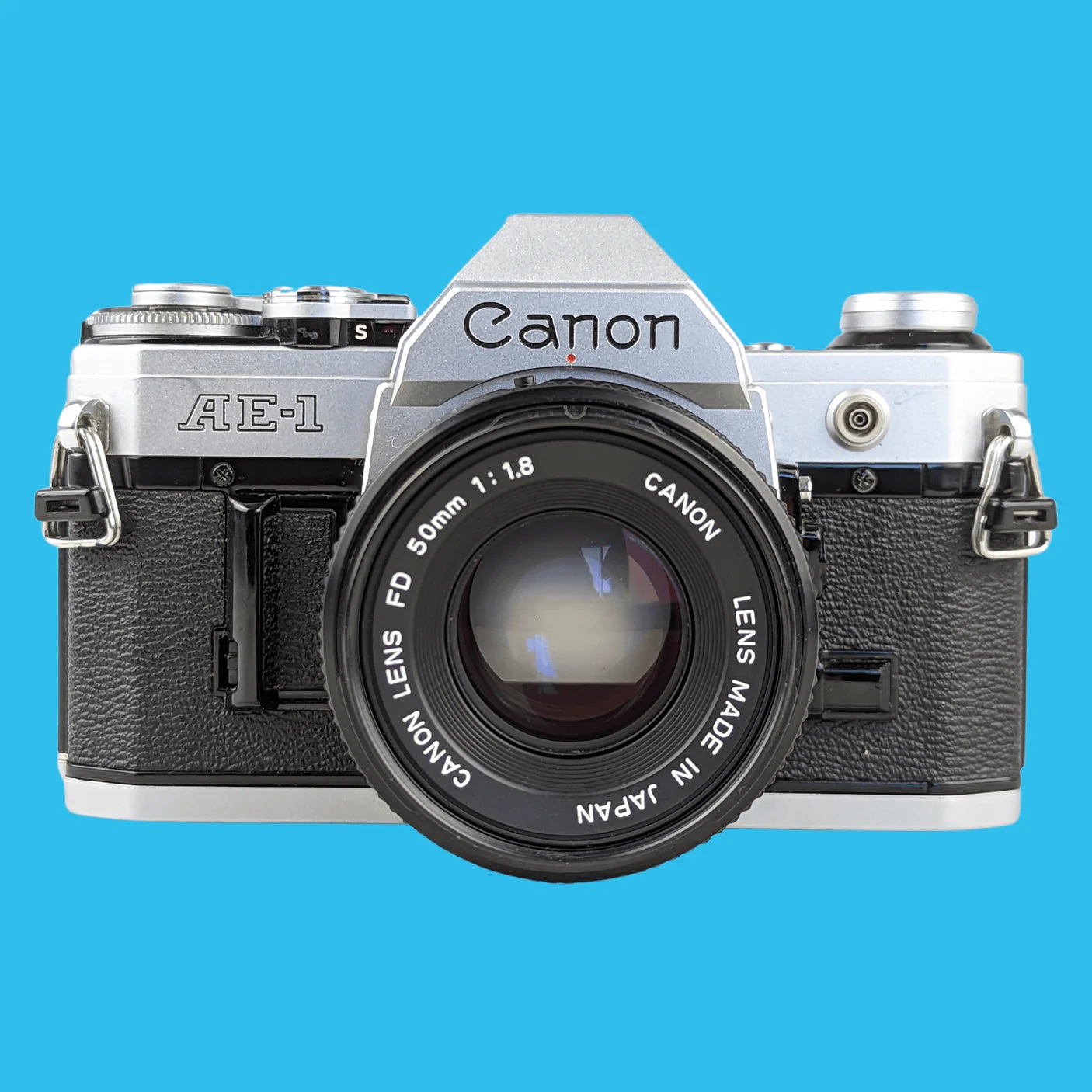
Embracing the Analog Charm
The Emotional Impact of Film Imagery
Film captures more than just images; it captures emotion. Analog photographs evoke feelings that often surpass the visual bounds of the picture. The grain, the subtle imperfections, and the rich textures all contribute to a sense of nostalgia, evoking memories and emotions in a way that digital images sometimes fail to achieve. The act of viewing a physical print, holding it in your hands, or watching it come to life in a darkroom leads to a more personal connection with the image. In a digital age where photos are often viewed fleetingly on screens, film offers a return to an intimate photographic experience.
Rebirth of Darkroom Techniques
With the revival of film photography comes the rebirth of darkroom techniques. The tangible process of developing film and making prints in a darkroom allows photographers to become artisans of their own images. This hands-on manipulation of photographs is a far cry from clicking on digital filters. It provides infinite control over contrast, exposure, and tonality, along with a sense of satisfaction and artistry. The resurgence of interest in these traditional methods has led to new classes, workshops, and a community eager to share their knowledge with newcomers, ensuring these skills are not lost in time.
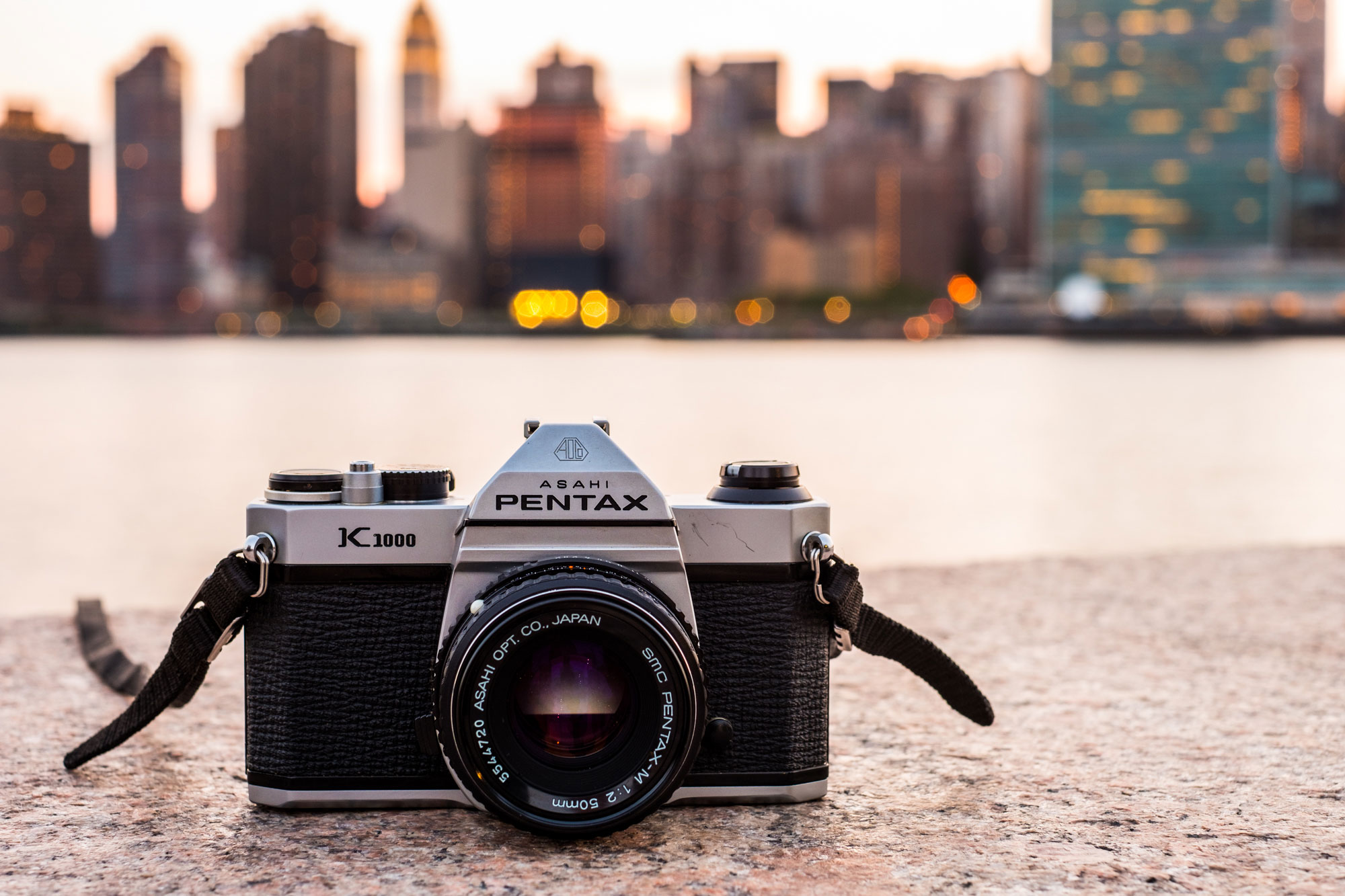
Artistic Expression and Film’s Limitations
The limitations of film—its finite number of exposures per roll, the cost, and the lack of instant feedback—are ironically some of its greatest draws for artistic expression. These constraints force photographers to make each shot meaningful and to fully embrace and learn from their mistakes. As a result, when a photographer masters the film medium, their work often carries a deliberate and reflective quality that stands out. The intentional nature of film photography can make it more fulfilling and conducive to creating art that truly reflects the photographer’s vision and intent.
The resurgence of the film camera in the digital age highlights the appeal of hands-on creativity. Film offers a unique aesthetic to images. Enthusiasts make up a vibrant community supporting this comeback. Market and technology developments contribute to its enduring presence. There is also a growing awareness of sustainable practices in photography. Film photography remains dear to many photographers’ hearts. It offers a satisfying counterpoint to digital photography. The balance between old and new ensures film’s longevity. Film photography will continue to inspire and challenge future photographers.
